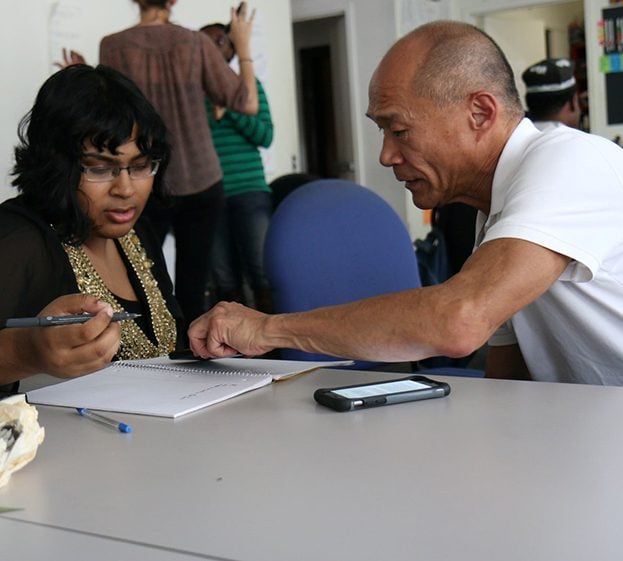After a year of lockdowns, teachers believe social-emotional learning is more important than ever. Educators know the benefits of social-emotional learning in the classroom. SEL aids academic achievement, creativity, citizenship, and workforce readiness in students. How can publishers help districts meet this growing need? Below are five ways publishers can help schools meet the needs of their students.
Review Existing Resources and Identify How to Boost Social-Emotional Learning
First, a publisher can look at the existing resources that districts are using. This review will yield rewards. Editors then can plan on how to boost SEL in current offerings. Likewise, content teams can spend time identifying and creating student-centric content based on current activities. Course authors can revise materials to boost SEL skills in both virtual and live classrooms that they have produced and distributed to the districts. Also, publishing teams can revise existing materials to get rid of stereotypes and other unconscious bias scenarios.
Build-in Student-teacher Check-ins With and Without Tech
Likewise, review teams can verify that check-ins between the teacher and students are triggered in the content. Also, publishers can mix in social platforms that let students express themselves and connect with their peers. Editors can team with tech providers to create tools that let students label their emotions. This information helps teachers know what is happening in the students’ lives. Teachers can use these details to meet individual student needs. Yet, editorial teams may have to convert printed materials to digital for online delivery.
Make Hybrid, SEL Content That Works
Yes, content teams need to make hybrid content. Therefore, just converting existing content to a digital resource does not make good, hybrid content. Editors must teach their design teams what a good SEL hybrid content looks like. The quick turnarounds of 2020 are not good models of hybrid content. Besides that, teams will need to spend time converting print material to digital resources. Editors need to allow for that time. Publishers who provide good content for collaborative and reflective activities will sell materials. Remote-ready content is no longer a “nice-to-have” for teachers and publishers. The hybrid instruction and delivery of material are a new skill set for many seasoned teachers.
Add Team-building Activities for Students and Staff
Extended school closures mean districts need staff team-building activities Most importantly, editors may find themselves asking teams to write team-building activities for both staff and students. Teachers may need new ideas on how to recreate community in their classrooms. Course authors who look at both virtual and live team-building activities will be in demand. Authors must figure out how to recreate classroom partner activities to include remote students. Publishers must figure out how to teach kids to work and lead a group. Content creators will be tapped to guide how to build communities in classrooms.
Give Advice on Community-Building for Social-Emotional Learning
Teachers will look to publishers on ways to build community in their classrooms. Words matter. Kindness counts. Texts will need to model a growth-mindset and positive self-talk. Editors can build self-esteem-building resources into the curriculum. Publishers can give achievement badges for students using digital resources. Also, teachers will need to be provided with digital tools that let them celebrate student wins. Yes, publishers will need to do a lot when it comes to social-emotional learning.
In sum, publishers have many opportunities to support districts by creating good quality resources that boost social-emotional learning. Still, editors may find the existing materials need to be reviewed through an SEL lens. Therefore, a few targeted revisions will strengthen existing resources. A careful revision to include SEL education will benefit both publishers and districts. In the end, teachers and students will win.




